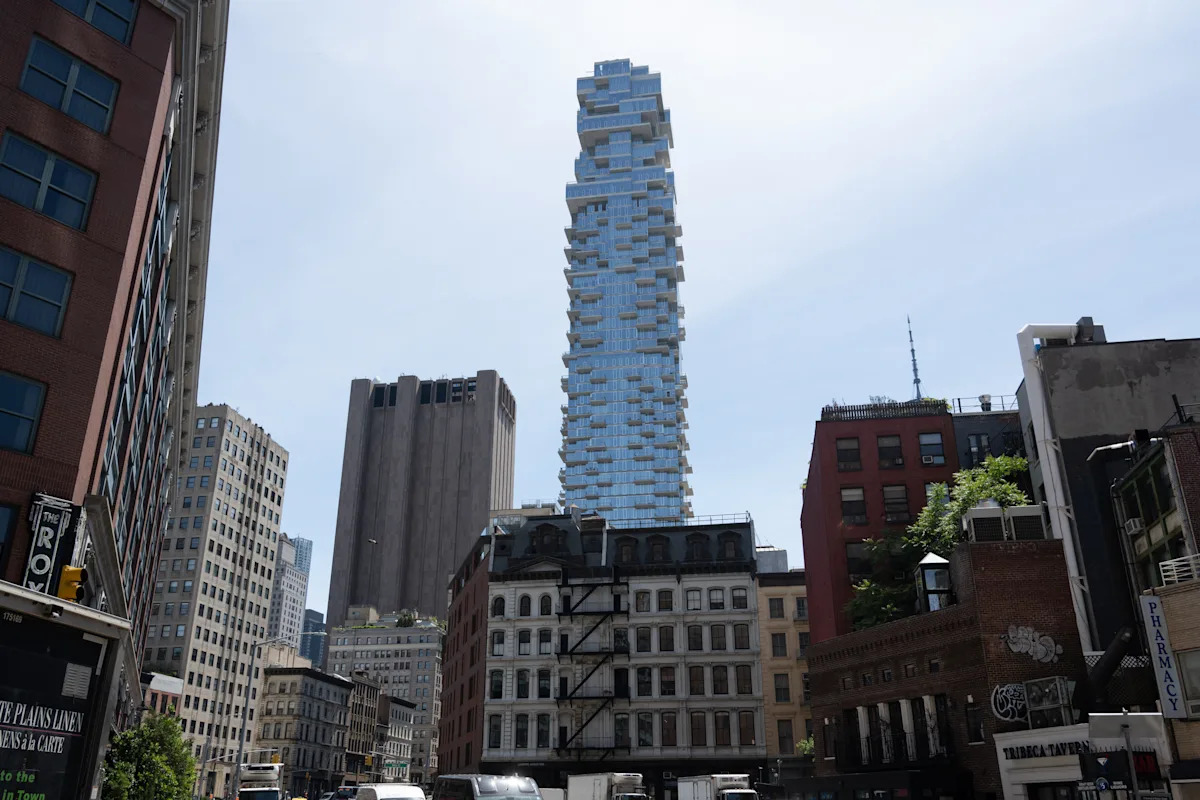Superstition may be irrational — but in New York City, it’s a bit of a tradition.
Just ask Bravo titan Andy Cohen, who recently handed over the keys to his West Village duplex for $10.5 million.
The apartment, famously styled with gold tile, sculptural staircases and Empire State Building views, had one feature that remained rather quiet: It sits on floors 12 and 14. The number 13? Nowhere to be found.
“I lived on 12 and 14 and it was weird enough for me to get my head around it,” Cohen told The Post.

Bravo honcho Andy Cohen’s former West Village duplex had no 13th floor– a quirk common in New York City, where most buildings skip the number out of superstition. Getty Images for FLC
Cohen’s former kitchen and living room, for example are located on the 12th floor. Meanwhile, his bedroom and office — instead of 13 — were located on the 14th floor.
“But imagine trying to explain it to my kids and they learned to count! That being said, it’s undeniable that 14 sounds better than 13. It’s a conundrum any way you slice it.”
Turns out, it’s a conundrum most developers have already sliced in the same way.
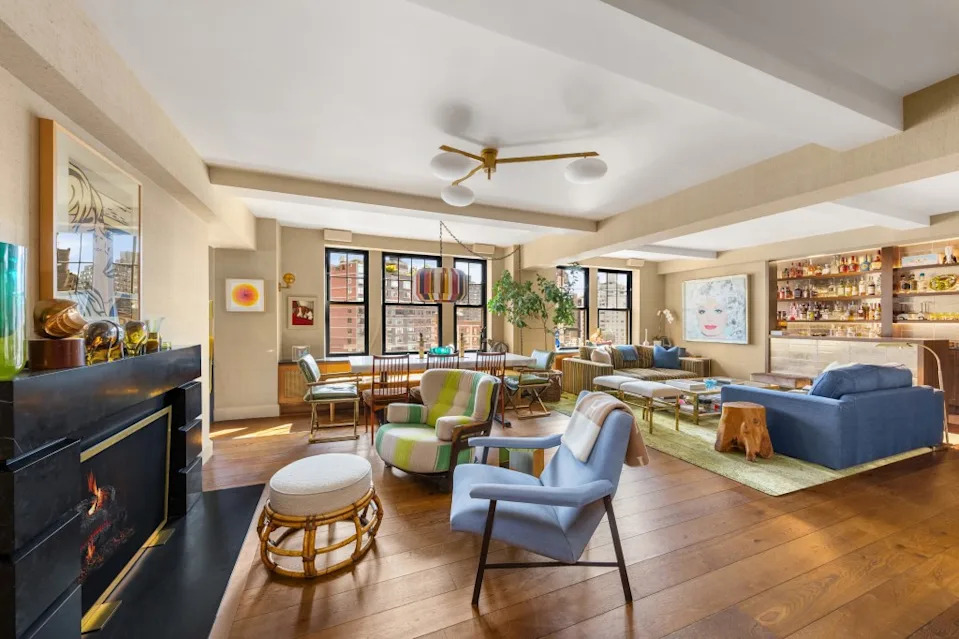
“I lived on 12 and 14 and it was weird enough for me to get my head around it,” Cohen said, adding that “14 sounds better than 13.” Eytan Stern Weber, Evan Joseph Images
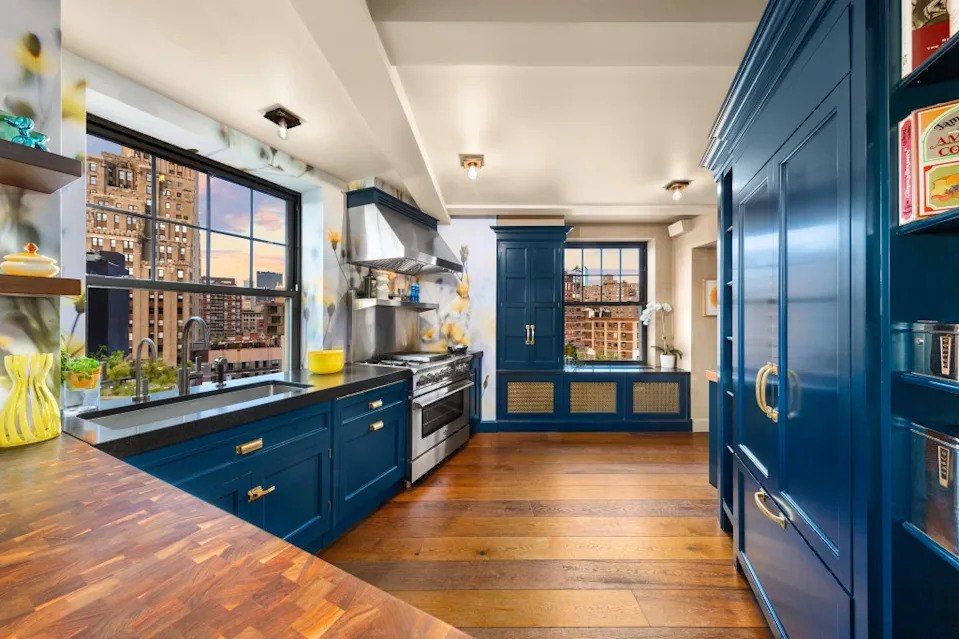
The kitchen of his former penthouse is on the 12th floor. Eytan Stern Weber, Evan Joseph Images
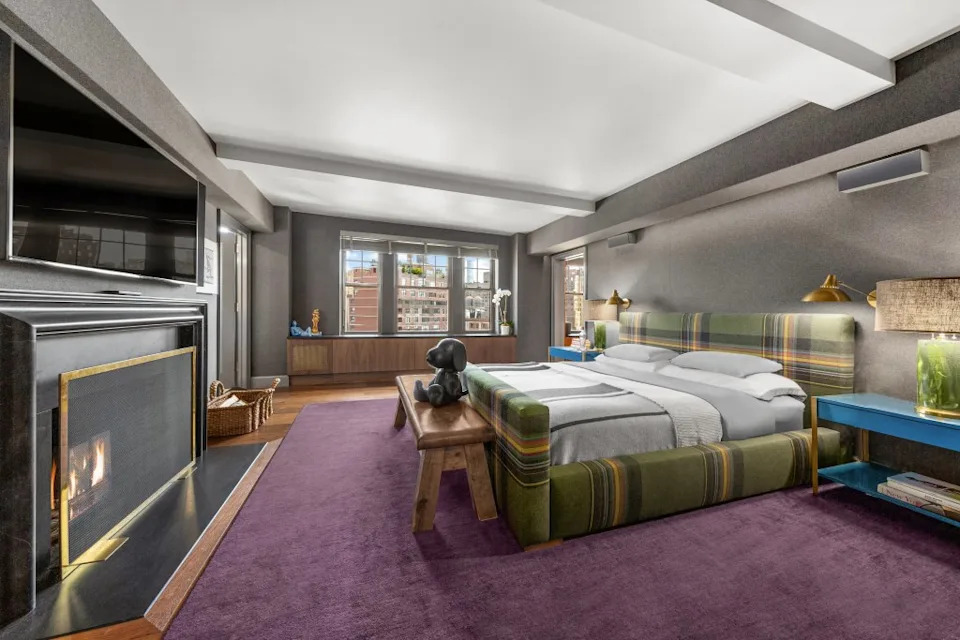
Cohen’s bedroom, meanwhile, is on the 14th floor. Eytan Stern Weber, Evan Joseph Images
Have you ever ridden in an elevator, and noticed that, sometimes, there are buttons for the 12th and 14th floors, but no 13th between them? It’s far more common than may be imagined. A 2020 StreetEasy study of 629 residential buildings in New York City — ones rising more than 13 stories — found that only 9% have a floor officially labeled 13.
That means more than 90% of them jump straight from 12 to 14 — or disguise the 13th floor with an alias like 12A or “M” for mechanical. And yes, the 13th floor still physically exists — weird vibes aside.
“I know that there are a lot of people in this world, for who knows what crazy reason, feel that the number 13 is unlucky,” Andrew Alpern, an architectural historian and attorney specializing in historic New York apartment houses, told The Post.
“But nonetheless, there are lots of people who avoid the number 13,” Alpern added. “From the point of view of any builder, the owner is interested in renting the space, and he doesn’t want anything to get in the way of that. So 13 goes out the window.”
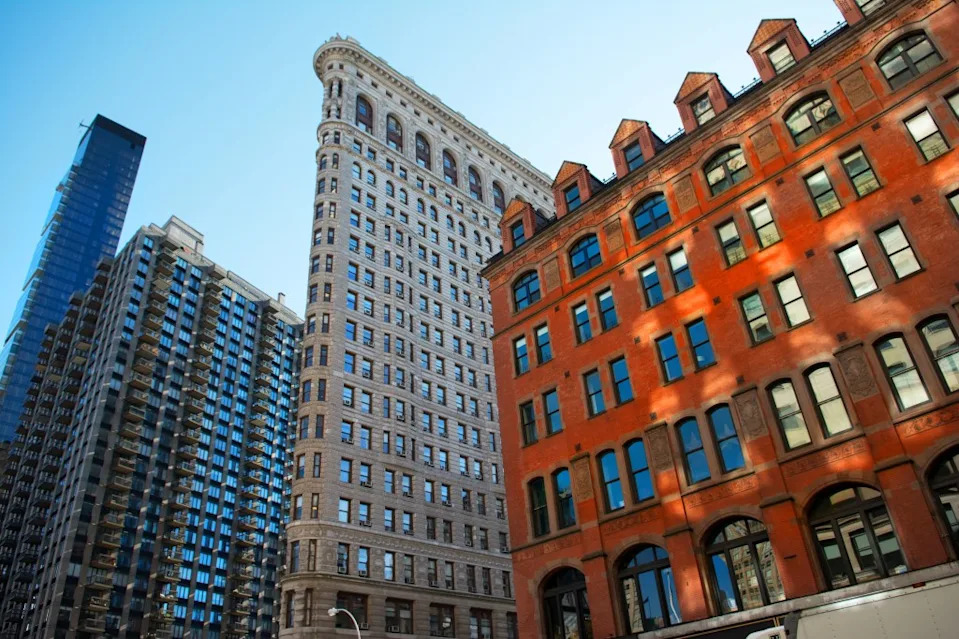
A 2020 StreetEasy study found that only 9% of 629 residential NYC buildings with 13-plus floors labeled the 13th floor at all. Getty Images
But the presence of the official 13th floor may now be on the rise.
“I’ve seen 13 on many buildings recently,” Corcoran broker Sydney Blumstein told The Post. “I feel like the reclaiming of things that people previously thought were superstitious has been like a big ownership in the information era, and it’s kind of like a badge of honor — like, ‘Yeah, I live on 13.’”
Still, she added, “most people are not logical. So most people wouldn’t even think that. Whenever I show something on the 14th floor, I’m like, ‘You know, we’re on the 13th floor, right?’”
Despite growing cultural cynicism, triskaidekaphobia — the fear of the number 13 — still exerts real power.
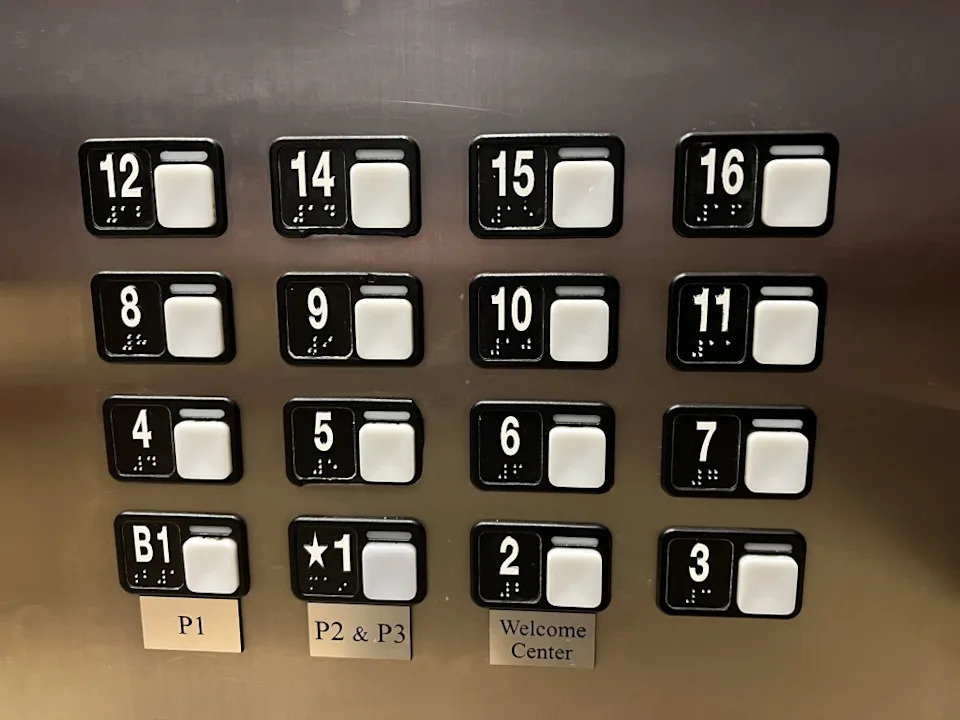
Most residential buildings in New York City jumped from 12 to 14 or relabeled the floor as “12A” or “M,” avoiding a number long considered unlucky. Gado via Getty Images
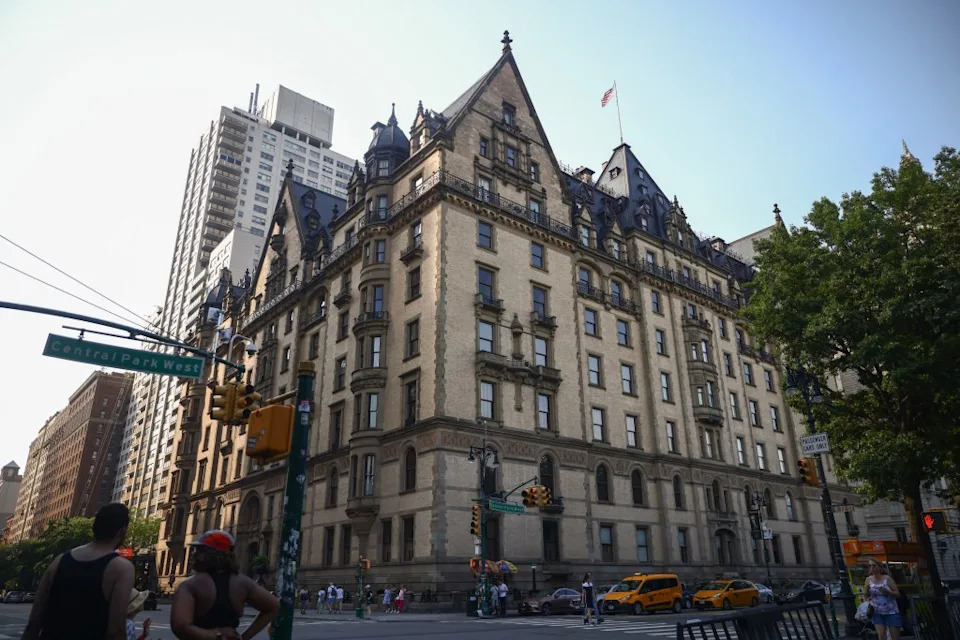
In early 20th-century New York, developers were initially warned not to build past 13 stories to avoid shadowing city streets — another likely root of the trend. NurPhoto via Getty Images
The absence of floor 13 has been a fascination for Americans for decades.
A 2002 estimate from Otis Elevators found that 85% of its elevators skip from 12 to 14.
In New York’s condo market, just 5% of buildings include a 13th floor by label.
And among the city’s residential towers with 13 or more floors, that 2020 StreetEasy study found only 55 had a 13th-floor button in their elevators. About 575 of the 629 buildings turn the space into mechanical floors. Others simply let it vanish into the blueprint ether.
Buildings that wear their 13 proudly — like the Flatiron Building, the Empire State Building, One World Trade Center and the Plaza — are often too iconic to let superstition interfere.
But that’s the exception, not the rule.
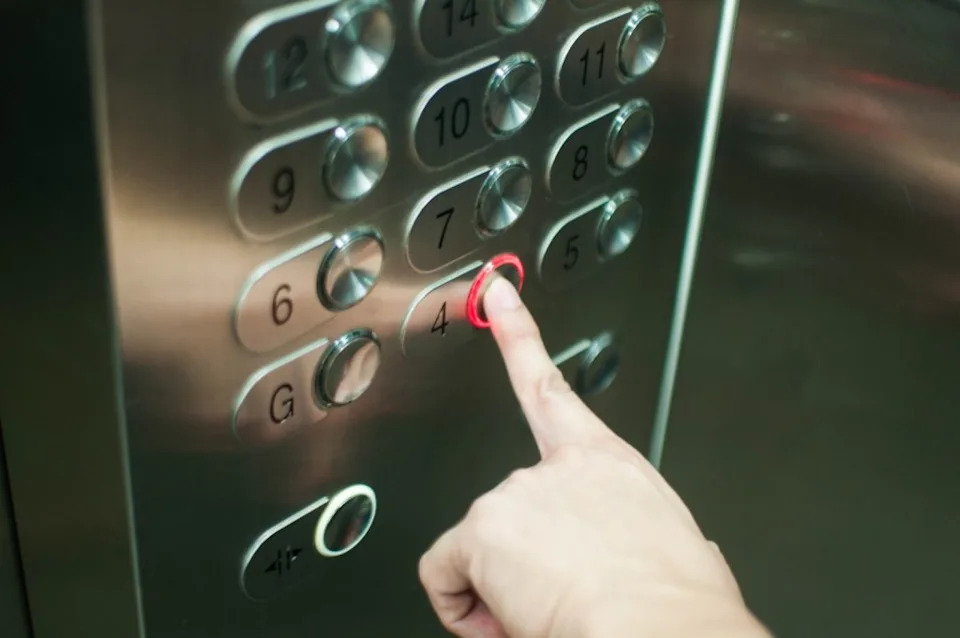
“The whole thing’s quite silly,” said historian Andrew Alpern, “but from the landlord’s point of view, it’s very real.”
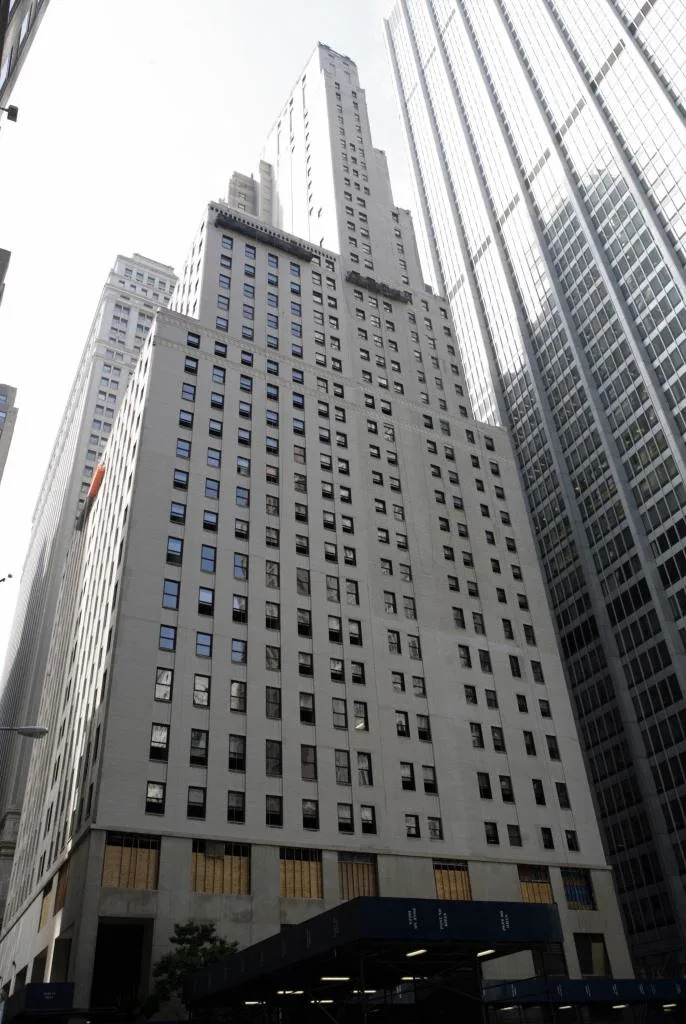
Otis Elevator once estimated that 85% of its elevators omit a 13th-floor button. AFP via Getty Images
In fact, among everyday residential buildings, skipping the 13th is practically policy. The Rushmore, 56 Leonard, 99 John Deco Lofts, One Madison Park, 515 E. 72nd St. and the Aldyn all skip it. So do Manhattan House, Trump Place and 20 Pine.
“There had to be someone who started it,” Alpern said. “Maybe a landlord discovered that people wouldn’t rent an apartment on the 13th floor. So he cut it out. Then a second landlord copied him, and eventually it just became a custom — sort of like putting two potted evergreens by the front door or using a green awning. It’s one of those New York things.”
Historically, this wasn’t always possible.
“Well, first, enough buildings had to get up to 13 stories before this could become a significant issue,” Sam Hightower, director at the Office for Metropolitan History, told The Post. “In 1900, only two new building permits were filed for structures 13 stories or higher. In 1910, there were 16; in 1915, 28.”
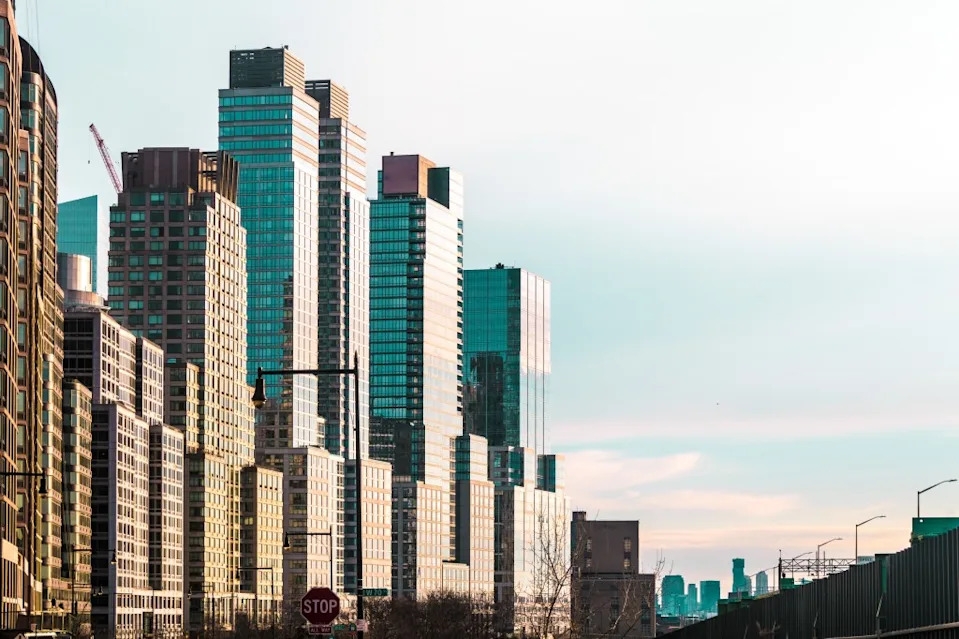
High-rises that skip the 13th floor are far more common than you may think. lucasinacio.com – stock.adobe.com
Once buildings stretched high enough, the pressure to skip 13 wasn’t far behind.
“The Department of Buildings didn’t care about superstition. The 13th floors are labeled as such on architectural plans. But rental designations that omit the 13th floor can complicate matters. I was a mathlete and I still have to draw a diagram to keep it straight sometimes,” Hightower said.
The practice causes headaches not just for researchers, but sometimes for emergency responders or delivery services, who might struggle to reconcile the building’s floor count with the elevator labels. In 2015, the Canadian city of Vancouver banned the practice altogether to avoid such confusion.
For historians, it’s simply annoying.
“Entirely superstition. Very frustrating for the historian,” Professor Andrew Dolkart, who teaches historic preservation at Columbia University, told The Post. “I count the number of floors in a building and it often differs from the official number because I count 13 and the building often does not.”
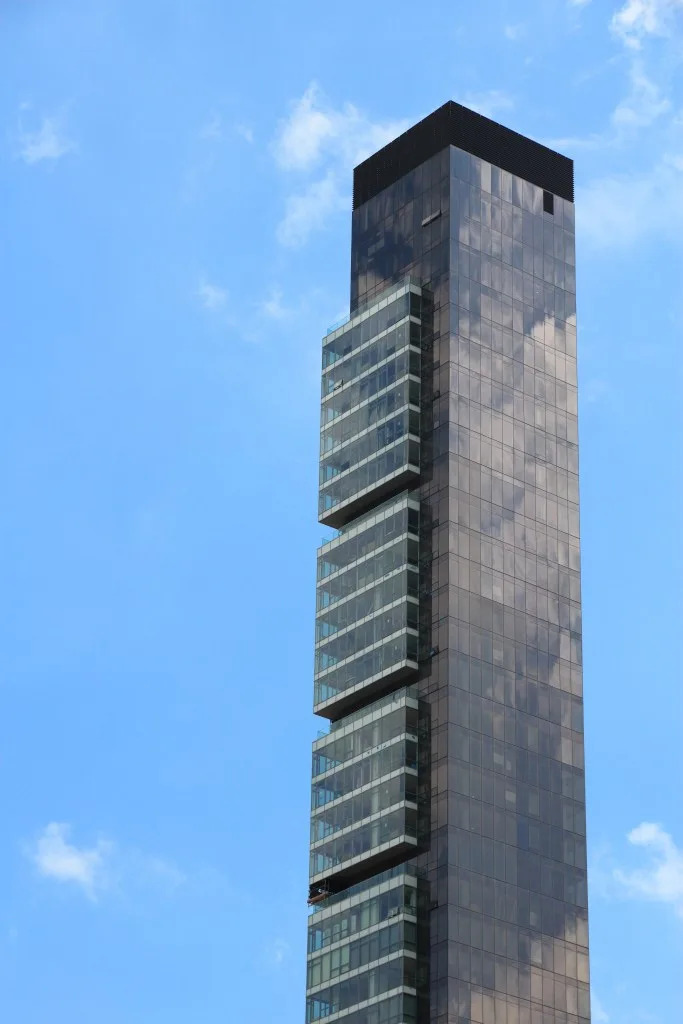
One Madison, located on 23rd Street across from Madison Square Park in the Flatiron District, has no 13th floor. Tupungato – stock.adobe.com
The origin of the fear remains debated.
Many point to Judas being the 13th guest at the Last Supper. Others cite Norse mythology or Hinduism.
“I think that people have so much anxiety, like in general, about undertaking anything that might be considered bad luck with a real estate investment, that adding a single thing to that fear pile is never worth it,” said Blumstein.

Critics say skipping 13 can confuse emergency responders, but the fear of spooking buyers still wins out. Bloomberg via Getty Images
In truth, whether or not the number 13 appears in an elevator rarely impacts a deal. But why risk it at all?
As one broker noted, even a whiff of unease might be enough to sink a sale.
“People still see it as bad luck,” Urban Pads agent Sam Hellinger once told StreetEasy, recalling a client who chose a second-floor unit over a 13th-floor listing with a better view.
That lingering anxiety may sound foolish — but in a city where square footage can cost $2,000 a foot, developers aren’t gambling on numerology.
“I think the whole thing’s quite silly,” Alpern said. “But from the landlord’s point of view, it’s very real. If he loses any potential renters, that could cost him money and he doesn’t want to do that.”

